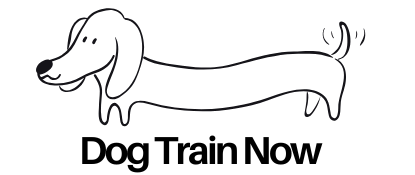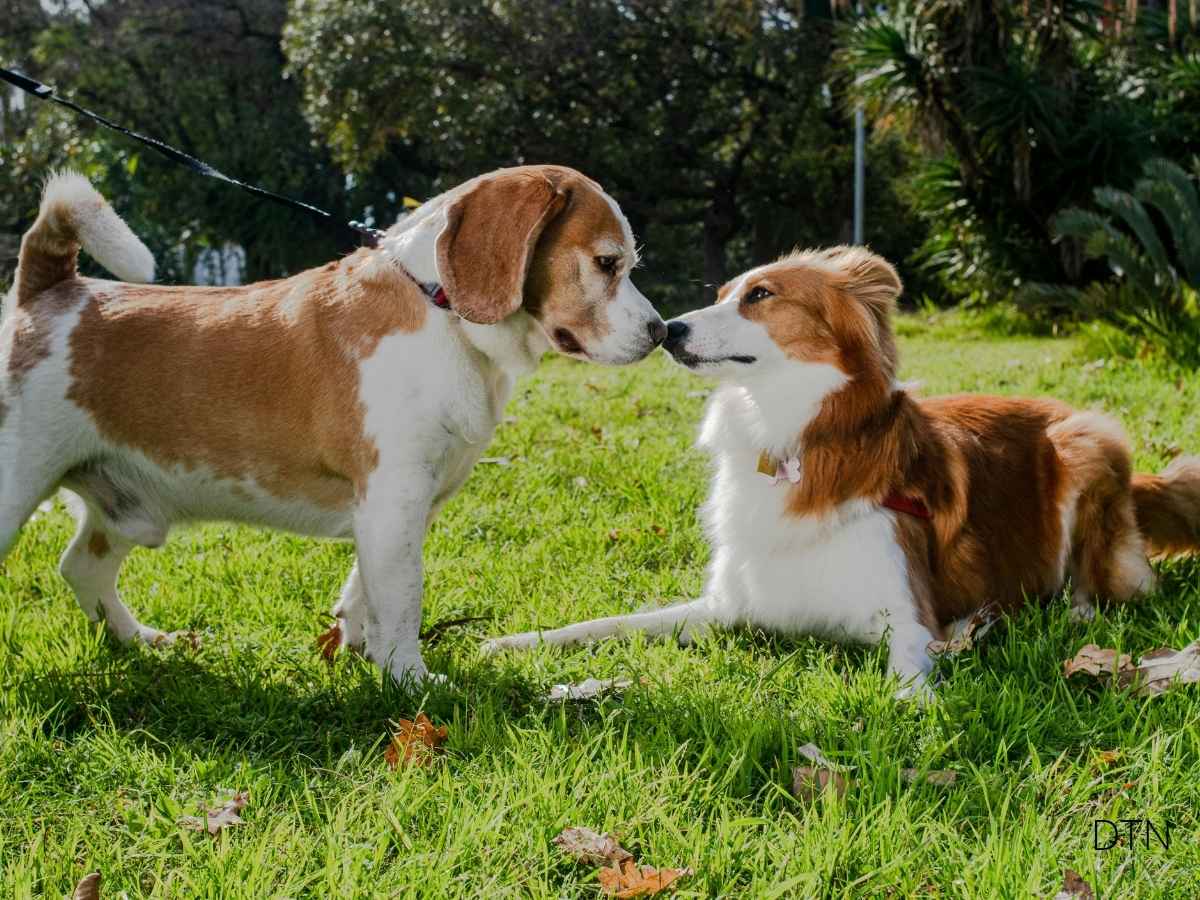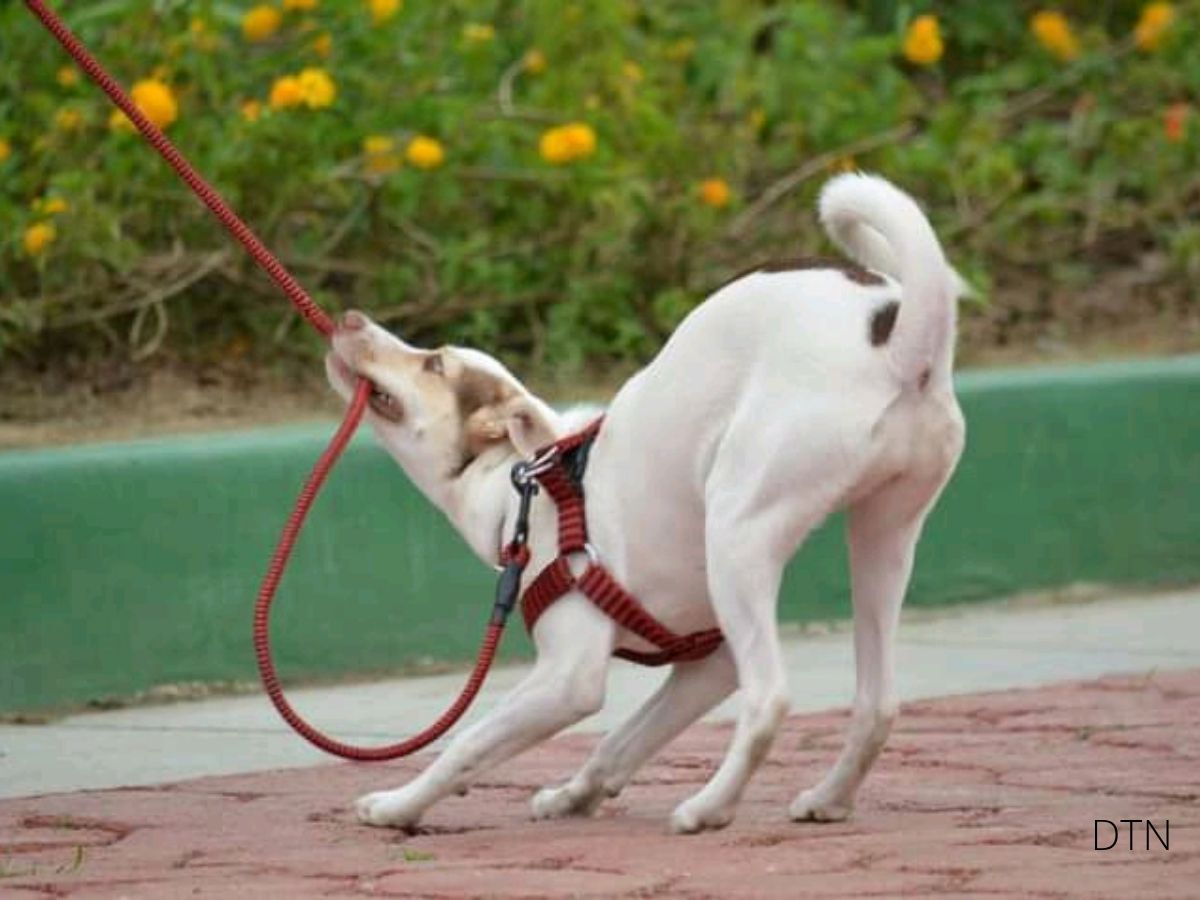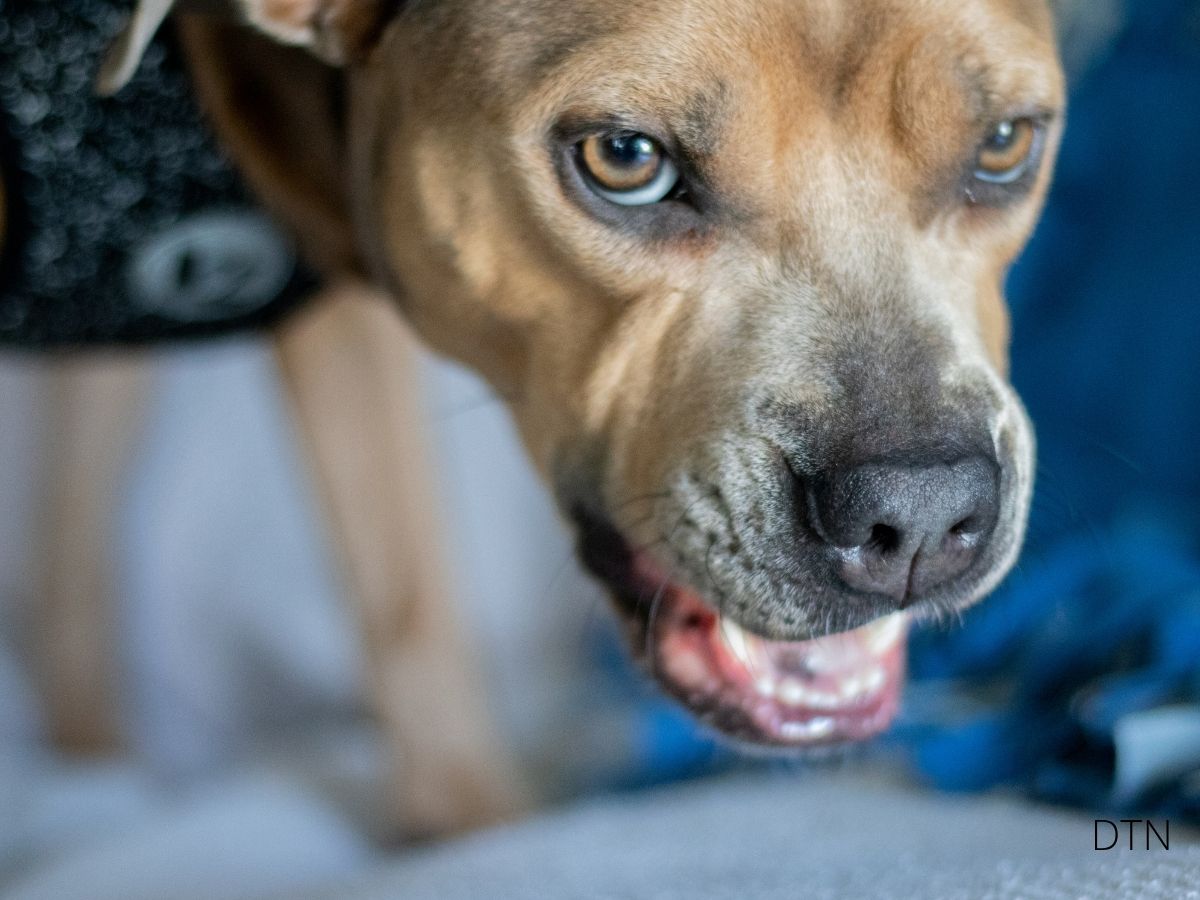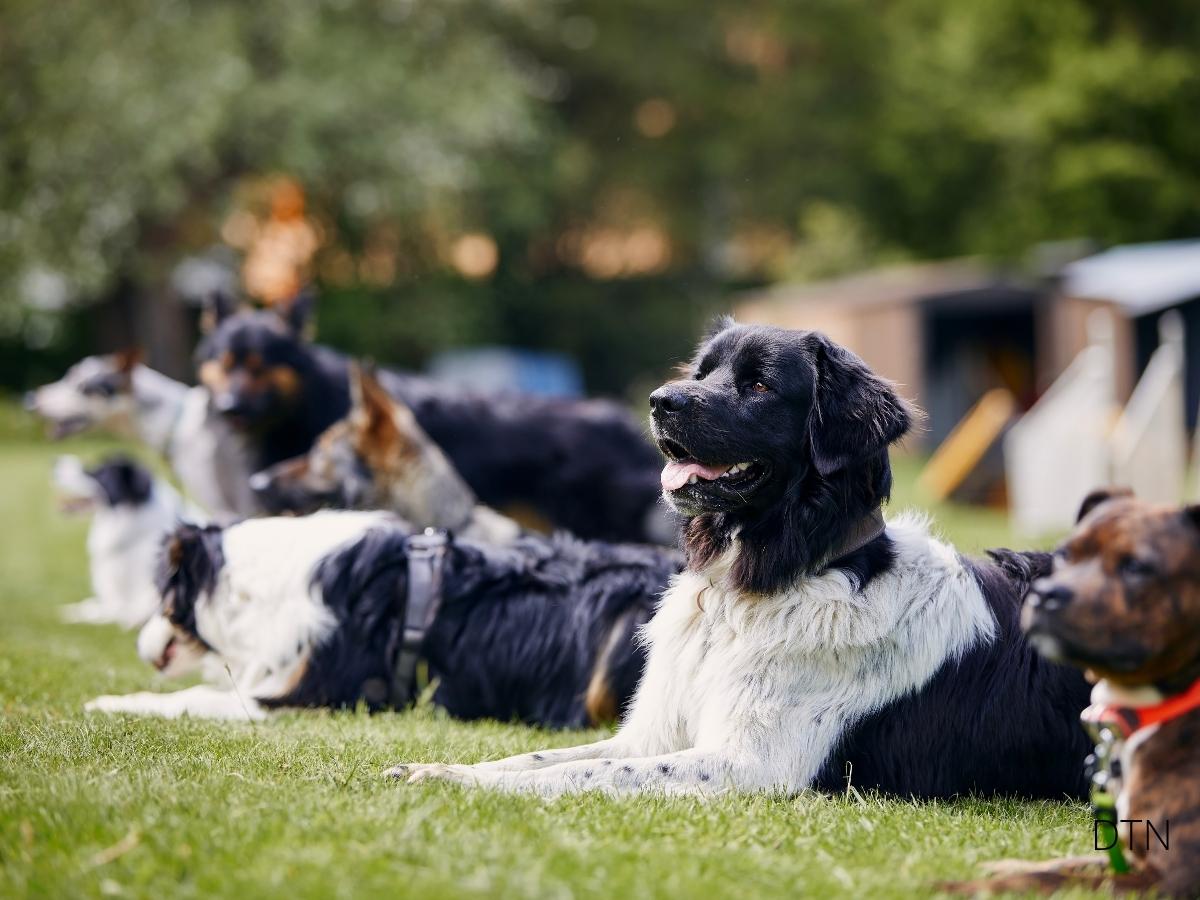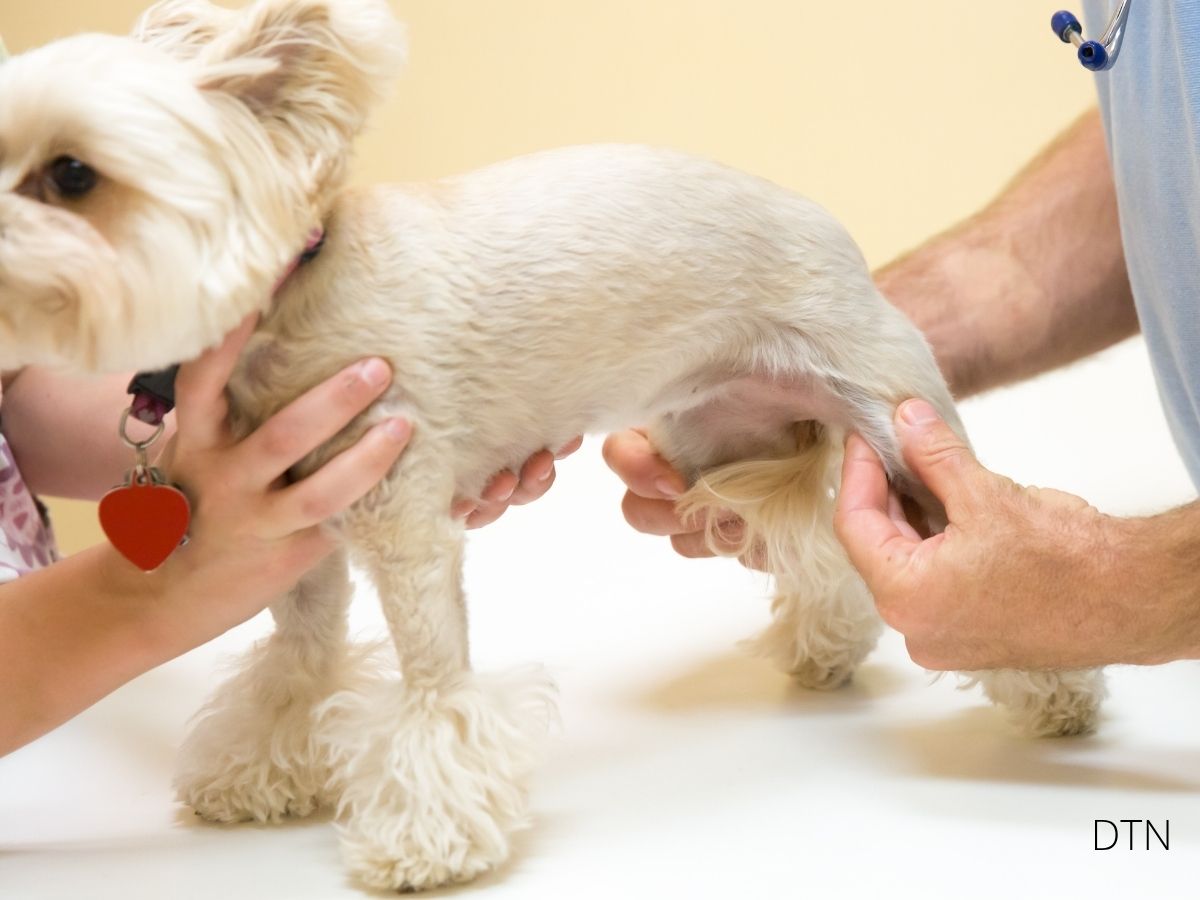Introduction: That Pause Before the Leap
Have you ever watched your dog hesitate at the edge of the sofa, calculating whether they can make the jump? Or noticed them sniffing the ground intently when you ask for a new trick they’re still learning? These moments of hesitation aren’t signs of stubbornness or distraction—they’re windows into your dog’s remarkable ability to recognize and process their own uncertainty.
For years, we believed that doubt and self-reflection were uniquely human traits. But groundbreaking research reveals that our canine companions possess sophisticated metacognitive abilities—they can literally think about their own thinking. This discovery transforms how we understand dog behavior and offers practical tools for more compassionate, effective training approaches.
Decoding the Language of Canine Doubt
Reading the Subtle Signs
When your dog experiences uncertainty, their body tells a detailed story through displacement behaviors—those seemingly random actions that actually serve as cognitive processing tools. Understanding these signals helps you support your dog through challenging moments rather than misinterpreting their hesitation as defiance.
Primary Uncertainty Signals Your Dog May Display:
- Lip-licking and nose-wiping – Quick tongue flicks or paw swipes across the muzzle when processing conflicting information
- Ground sniffing – Sudden fascination with random spots, buying time while their brain works through the problem
- Yawning – Not from tiredness but as a self-soothing mechanism during cognitive strain
- Ear rotation – Rapidly changing ear positions indicate active processing of ambiguous information
- Look-away behaviors – Breaking eye contact to reduce pressure while continuing to think
- Body freezing – Brief moments of complete stillness as the brain weighs multiple options
- Shake-offs – Full-body shakes (as if wet) that help reset after processing uncertainty
These behaviors appear more frequently in ambiguous contexts than in clearly safe or threatening situations. Your Border Collie’s excessive yawning during a complex agility sequence isn’t boredom—it’s active cognitive processing. That Labrador who suddenly needs to sniff every blade of grass when learning “roll over”? They’re not ignoring you; they’re buying thinking time. 🧠
Context Matters: Different Types of Uncertainty
Dogs experience uncertainty differently depending on the situation. Social uncertainty emerges when your dog can’t predict another being’s behavior—like when a usually friendly neighbor appears in unusual clothing or when meeting a dog sending mixed signals. You might notice increased displacement behaviors and frequent glances toward you for information.
Environmental uncertainty occurs when familiar spaces change or novel objects appear. That robot vacuum isn’t just scary; it defies easy categorization as animate or inanimate, predator or object. Dogs must update their mental maps without clear precedent, leading to characteristic approach-retreat patterns and information-seeking behaviors.
Task-related uncertainty appears during training when instructions become unclear or patterns suddenly change. This explains perseverative errors—when dogs keep checking previously rewarded locations even after the rules change. It’s not stubbornness but a cognitive strategy for managing ambiguity.
The Science Behind the Hesitation
Metacognition: Your Dog’s Inner Monitor
The discovery that dogs possess metacognitive abilities revolutionizes our understanding of canine consciousness. When given “opt-out” options in difficult tasks—choosing between attempting a challenging discrimination or taking a smaller guaranteed reward—dogs consistently opt out more when uncertainty is high. They’re not randomly avoiding difficulty; they’re assessing their own knowledge state.
This self-awareness extends to information-seeking behaviors. Uncertain dogs actively gather data through exploratory sniffing, visual scanning, and social referencing (those meaningful looks back at you). They maintain internal representations of what they know and strategically work to fill knowledge gaps. Your dog checking in with you during a walk past a strange object isn’t seeking permission—they’re gathering social information to resolve uncertainty.
The Neurological Orchestra
Your dog’s brain processes uncertainty through networks remarkably similar to our own. The prefrontal cortex orchestrates executive control, integrating sensory information with memories to generate predictions. The anterior cingulate cortex monitors for conflicts between expectations and reality, triggering those hesitation behaviors when predictions don’t match observations.
Key Brain Chemistry in Uncertainty:
- Dopamine – Fires in patterns encoding both expected rewards and uncertainty levels
- Serotonin – Enables patience and sustained information gathering before action
- Noradrenaline – Heightens attention when confidence drops, maintaining vigilance
- Oxytocin – Strengthens social referencing and human-dog communication during doubt
This complex neurochemical dance creates your dog’s subjective experience of confidence or doubt, influencing whether they approach that novel object or give it a wide berth. 🐾
A house is not a home without a dog.
– Gerald Durrell
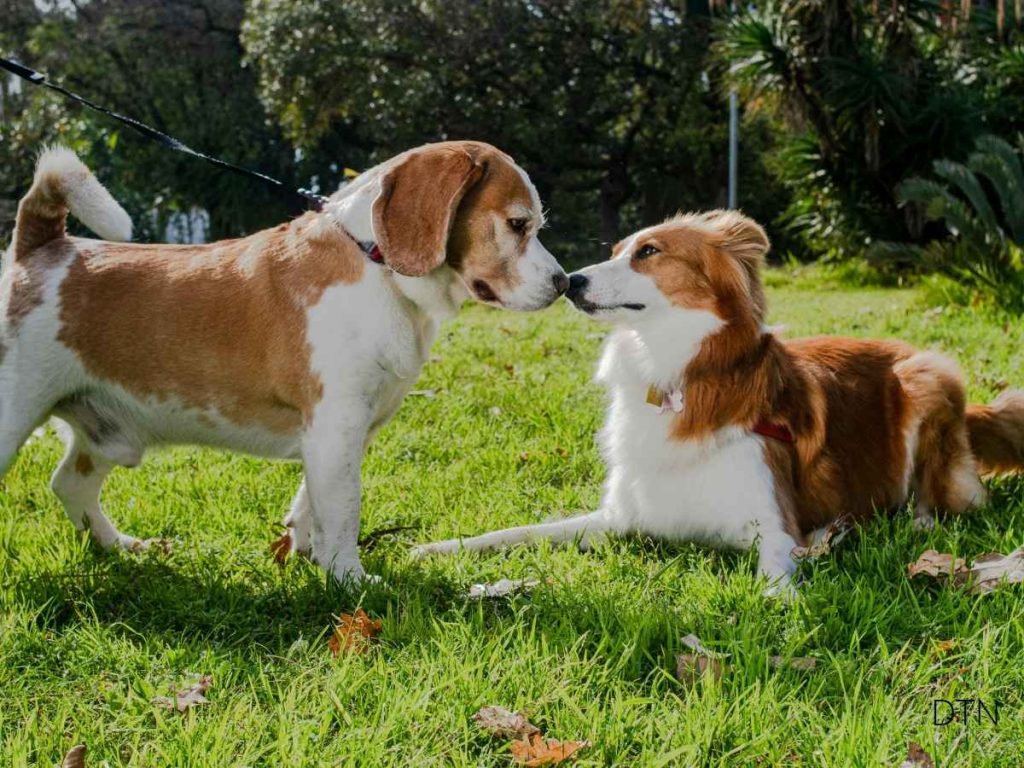
Individual Differences: Why Every Dog Doubts Differently
Experience Shapes Response
Your dog’s history profoundly influences their uncertainty tolerance. Puppies exposed to varied, manageable challenges during critical socialization periods develop robust uncertainty monitoring systems. They show adaptive displacement behaviors and recover quickly from ambiguous encounters. Conversely, dogs with limited early experiences or trauma may show hypersensitivity to ambiguity.
Signs of Healthy Uncertainty Processing:
- Quick recovery from confusion (30-60 seconds)
- Active problem-solving with varied strategies
- Maintained engagement with handler
- Proportional responses matching actual ambiguity
- Voluntary re-engagement with previously uncertain situations
Red Flags Indicating Problematic History:
- Learned helplessness or complete shutdown
- Excessive displacement behaviors in mild uncertainty
- Consistent avoidance rather than resolution attempts
- Hypervigilance and inability to relax
- Generalized anxiety in normal situations
Breed and Temperament Factors
Herding breeds like Australian Shepherds, bred for independent decision-making, often show high uncertainty tolerance with sophisticated information-seeking behaviors. They’ll spend longer assessing but make more accurate decisions. Companion breeds might show quicker social referencing, relying heavily on human guidance when uncertain.
Age matters too. Adolescent dogs (6-18 months) are developing metacognitive abilities but struggle with impulse control, leading to seemingly erratic responses to uncertainty. Senior dogs might show increased hesitation—not from cognitive decline but from accumulated wisdom teaching them that careful assessment prevents errors.
Practical Applications: Supporting Your Dog Through Doubt
Revolutionary Training Approaches
Understanding uncertainty monitoring transforms training from command-and-response to collaborative learning. Recognizing productive uncertainty becomes essential—focused attention with brief displacement behaviors indicates good learning, while escalating stress signals suggest overwhelming confusion.
The Graduated Challenge Method:
Start with your dog’s strongest behaviors and introduce minor variations—changing your position, time of day, or reward type. Success means brief hesitation followed by correct response. Gradually increase complexity, always ensuring your dog can resolve uncertainty with effort rather than luck.
The Power of Choice
Teaching formal opt-out signals revolutionizes training dynamics. This might include:
- Moving to a specific mat when needing thinking time
- Nose-touching a target to request easier tasks
- Sitting and looking away to communicate “I need a break”
Dogs with opt-out options show reduced training stress, faster learning of complex behaviors, and stronger working relationships. Paradoxically, having the option to quit makes them more likely to persist through challenges.
Daily Life Applications
Every day offers opportunities to support your dog’s uncertainty processing. That morning walk hesitation at a new route? Give them time to sniff and assess rather than pulling them forward. Meeting new people? Let your dog choose approach distance while you provide calm, confident energy as their emotional anchor.
Building Resilience Through Routine Variation:
- Alternate between two walking routes
- Move food bowls to different locations
- Practice known behaviors in new rooms
- Offer choices between toys or treats
These small uncertainties, resolved successfully with your support, build cognitive flexibility and confidence for life’s bigger challenges.
Conclusion: Embracing the Pause
Understanding your dog’s uncertainty signals transforms hesitation from a training obstacle into a communication opportunity. That pause before entering the veterinary clinic, the ground-sniffing during a difficult training session, the glance back at you when encountering something novel—these aren’t problems to fix but cognitive processes to support.
By recognizing displacement behaviors as thinking tools rather than defiance, providing opt-out options that empower choice, and creating graduated challenges that build confidence, you’re not just training behaviors—you’re nurturing a thinking, feeling being capable of remarkable self-awareness.
Next time your dog hesitates, remember: you’re witnessing sophisticated metacognition in action. With patience, understanding, and appropriate support, you can help them navigate uncertainty while strengthening the extraordinary bond between two species who’ve learned to read each other’s doubts and provide mutual reassurance through life’s ambiguous moments. 🧡
